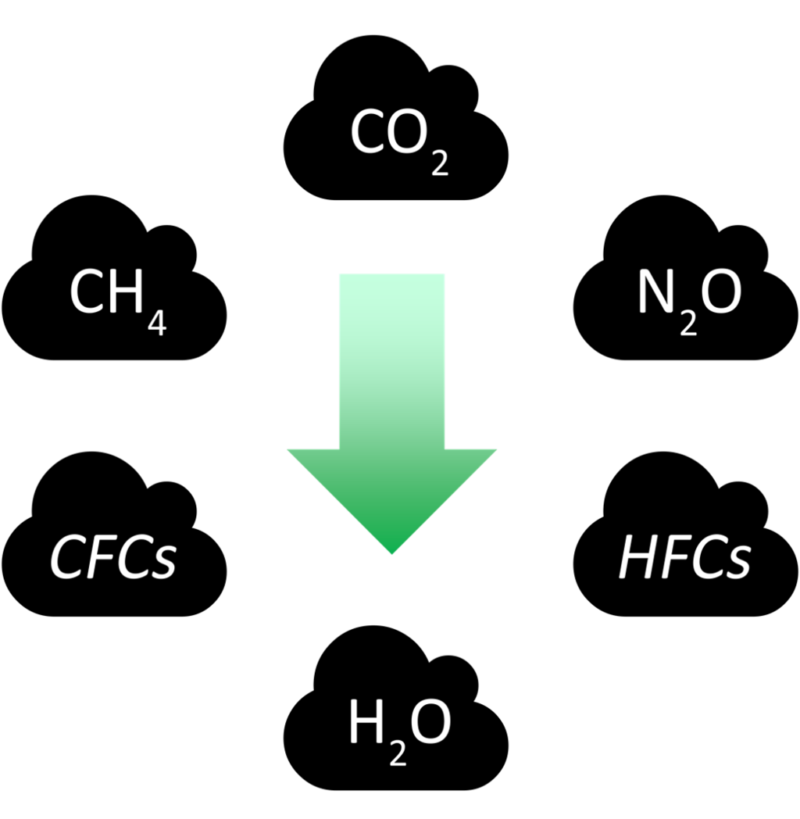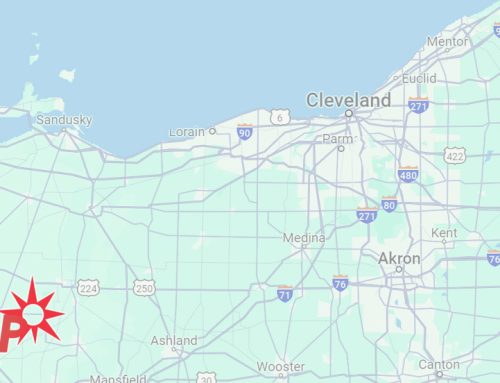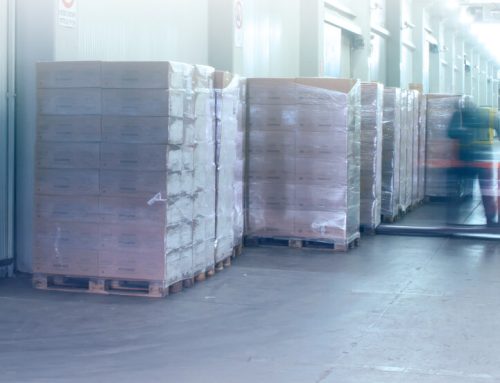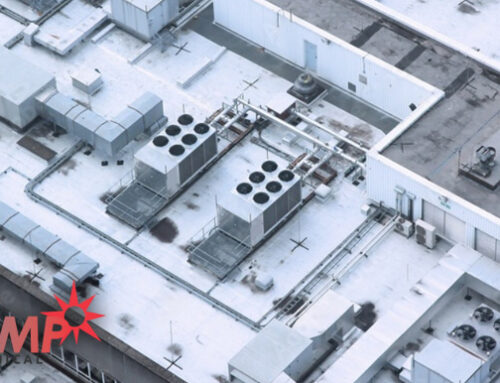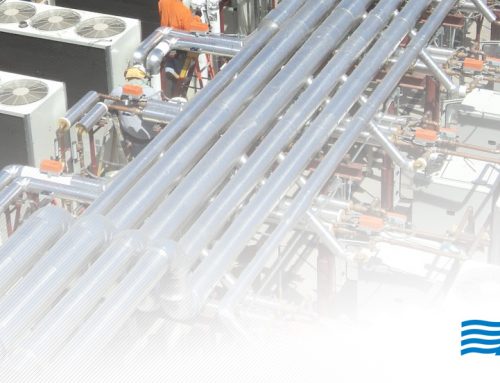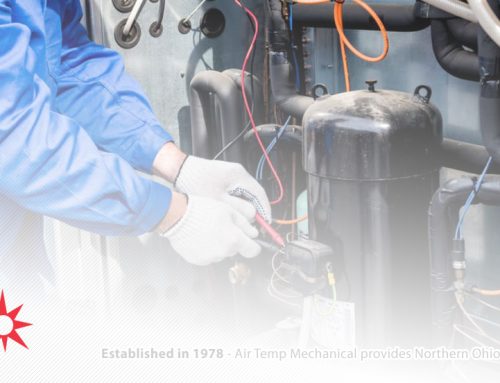Successful research and development of lower Global Warming Potential (GWP) options are transforming the HVACR industry.
As the Environmental Protection Agency (EPA) continues refining the standards and regulations of emissions produced by commercial and residential refrigerant equipment, HVACR companies persist in seeking new alternatives for low GWP refrigerants.
Whether from poor construction, improper installation, or maintenance neglect, older refrigeration systems wear and leak throughout their lifecycles. Technological advancements within a new generation of refrigerant equipment aim to lower greenhouse gas emissions and should significantly decrease the global impact on the ozone layer in 2020 and beyond.
Recent developments in HVACR systems and components are leading to:
- Lower emissions
- Improved safety
- Enhanced cooling performance
- Decreased system footprint
- Increased energy efficiency
- Greater cost efficiency
These changes will not only benefit commercial businesses (including refrigerated food processing plants and supermarkets), but also ducted and ductless residential consumers around the world.
EMISSIONS VALUES DECREASE WITH LOW GWP REFRIGERANTS
As HVACR companies convert from hydrofluorocarbon (HFC) and HFC blends to newer refrigerants that can be used in compact systems, industry reports show a promising drop in discharge levels.
Some ground-breaking low GWP alternatives include R-290 (propane), R-744 (CO2), and R-32 (difluoromethane, part of the HFC family of gases). R-32 has climbed to the top of the list through intensive lab studies, rigorous real-world testing, and detailed assessments. It’s inexpensive to produce in addition to being easier to reuse and recycle compared with many other solutions.
Other advantageous traits of R-32 include a considerable drop in emissions and charge (up to 40% reduction dependent on the equipment used), an increase in energy efficiency, and use in compact system sizes. A smaller environmental footprint will become possible for equipment manufacturers as they diminish materials volume during their production processes.
With a GWP of 675 and ozone-depleting potential of zero, R-32 is already the prevalent choice for many Asian and European countries in residential and commercial HVAC applications.
R-32 is quickly becoming the top refrigerant option for international companies as well as North American companies as we adapt to recent environmental impact standards that will safeguard human health and preserve our global ecosystem for future generations.

